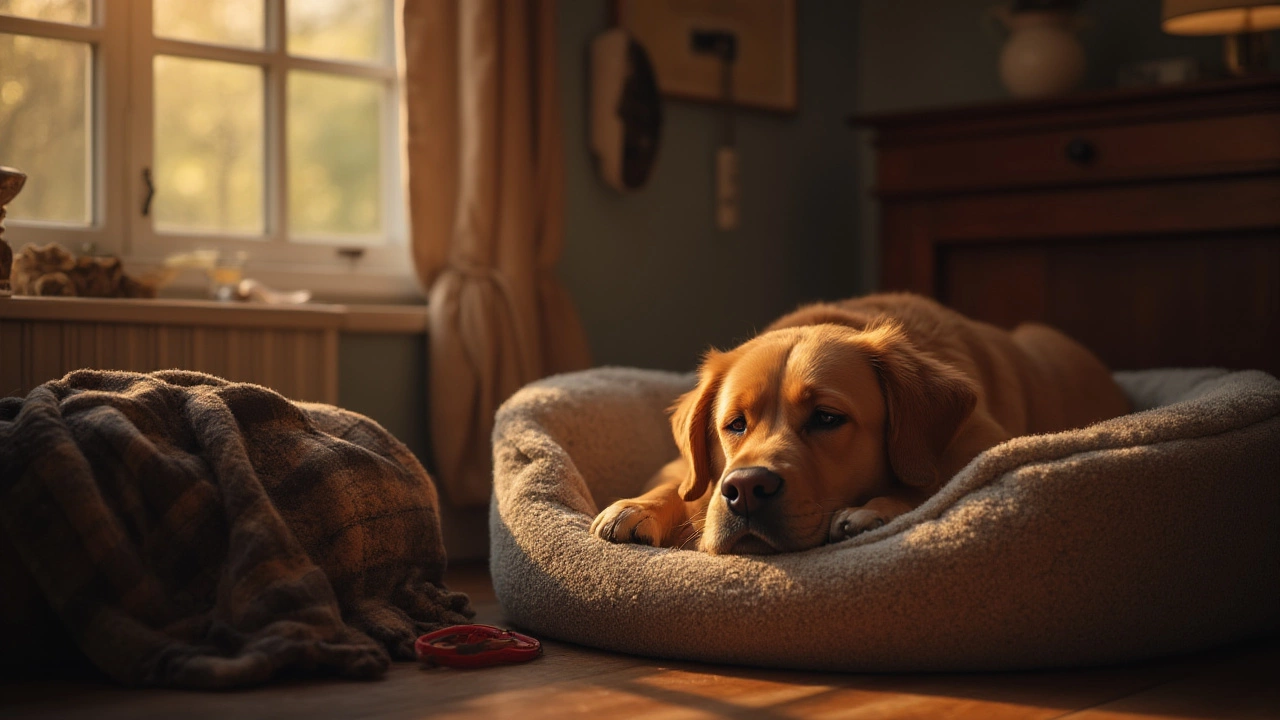Dog Sleeping Safety: Practical Tips for a Safe Night
When your dog curls up for a nap, you want to know they’re protected from anything that could hurt them. A safe sleep space isn’t just about comfort – it prevents injuries, reduces anxiety, and helps your pet get the rest they need.
Most owners overlook simple hazards like drafts, loose bedding, or cheap mats that can slip. The good news? Fixing them takes only a few minutes and a few dollars.
Create a Safe Sleep Space
Start with a sturdy, non‑slipping bed. Orthopedic foam or a raised platform with a rubber base works well for older dogs and large breeds. If you use a cushion, make sure it’s thick enough to support the spine but not so soft that the dog sinks in and can’t get up.
Choose the right spot. A quiet corner away from high‑traffic areas reduces sudden noises that can startle a sleeping dog. Keep the bed away from direct sunlight or cold windows; a stable room temperature between 60‑70°F (15‑21°C) is ideal.
For puppies or dogs prone to whining at night, a crate can double as a den. Use a crate that’s just big enough for the dog to turn around – too much space can make them feel insecure. Add a soft blanket and a chew‑safe toy to keep them calm.
Watch for Hidden Dangers
Inspect the area for cords, loose strings, or small objects. Chewing on electrical cords can cause burns or shocks, while swallowed items like buttons or rubber bands can block the throat.
Check the floor for slippery surfaces. Hardwood or tile can be hard on joints, especially for senior dogs. A low‑pile rug or a non‑slip mat adds traction without adding bulk.
Don’t forget the scent. Strong cleaners, essential oils, or scented candles can irritate a dog’s nose and lungs. Stick to pet‑safe cleaning products and keep aromatic items out of reach.
Temperature matters more than you think. Overheating can lead to heatstroke, while chilly floors can cause joint stiffness. If the floor feels cold, lay a thin rug under the bed; if it feels warm, a fan or open window can help.
Finally, give your dog a nightly routine. A short walk or play session before bed helps them burn off excess energy, making it easier for them to settle down. A consistent cue like “bedtime” followed by a treat reinforces the habit.
By tweaking the sleeping area, checking for hazards, and adding a calming routine, you’ll give your dog a safe, cozy place to rest. A well‑rested pup is a happier, healthier companion – and you’ll sleep better knowing they’re safe through the night.

Should You Remove Your Dog's Collar at Night? Pros, Cons & Tips
Thinking of removing your dog's collar at night? Get honest advice, real-world tips, and surprising facts about collar safety and comfort while your pup sleeps.
View more